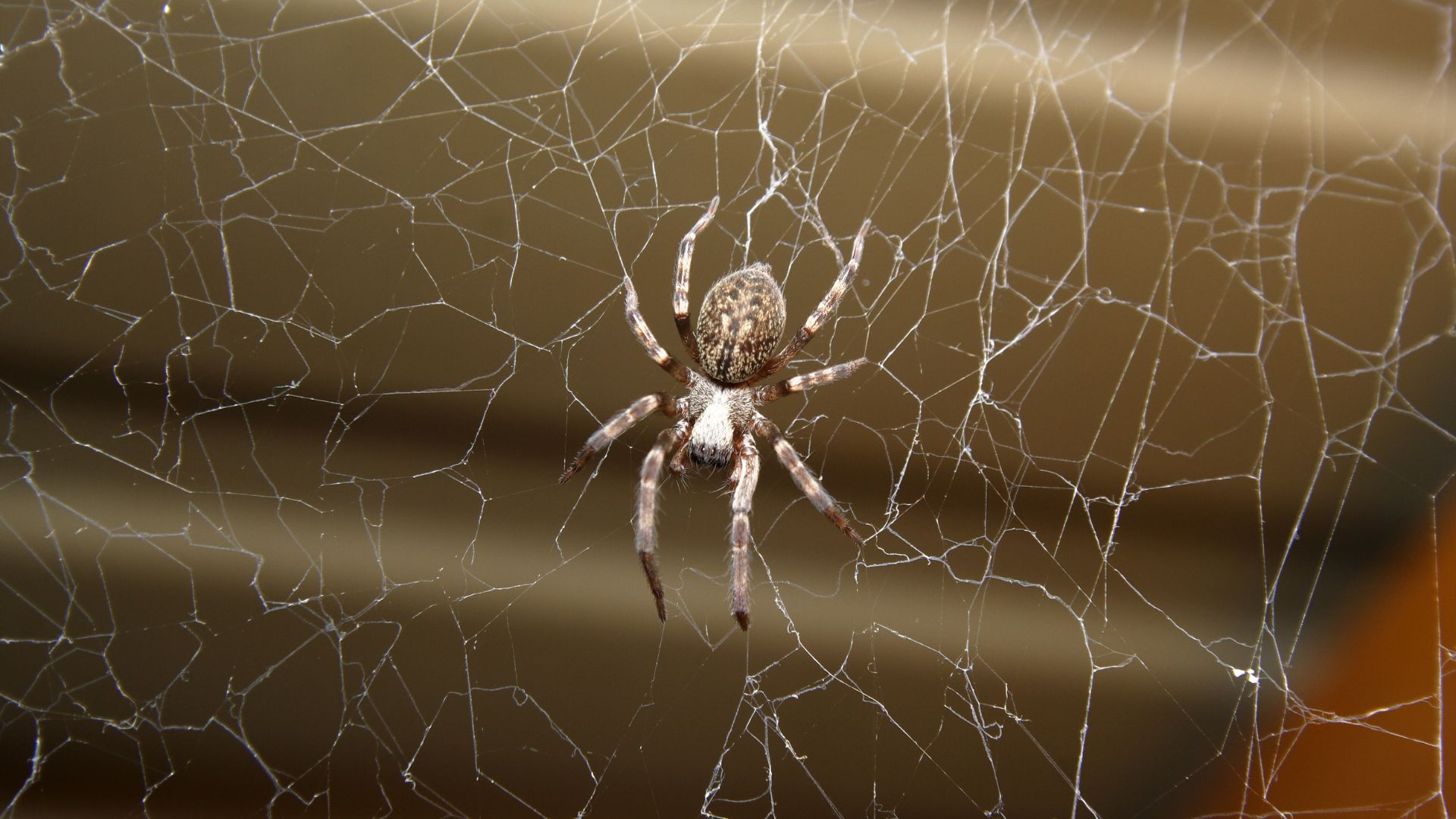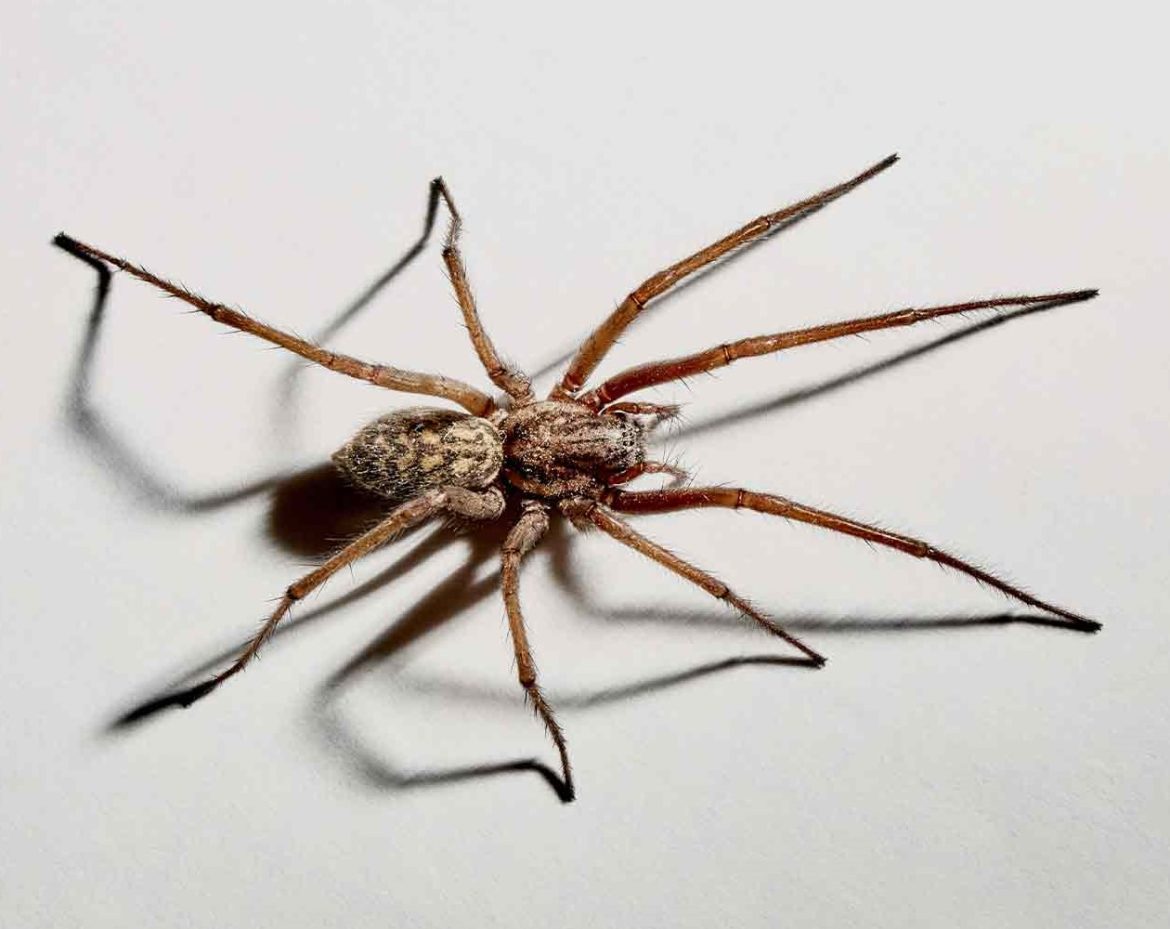Pest control has developed altogether, with advanced techniques now accessible to handle complex infestations of spiders and crawling insects. These refined strategies go past conventional methodologies, offering improved adequacy in managing and eradicating pests. To investigates advanced techniques in Lutte anti-nuisibles: extermination araignees et autres insectes rampants explicitly intended to address spider and crawling insect infestations.
Integrated Pest The executives (IPM)
Integrated Pest The executives (IPM) is an all-encompassing methodology that combines different procedures to control pest populations while minimizing natural effects. For spider and crawling insect infestations, IPM involves a combination of organic, social, mechanical, and synthetic techniques. Organic control includes the utilization of normal hunters, like certain kinds of bugs or parasitoid wasps, which go after spiders and insects. Social practices involve modifying the climate to make it less friendly to pests, for example, sealing section points and reducing mess.
Advanced Monitoring and Discovery Innovations
Present-day pest control depends intensely on advanced monitoring and location innovations. For spider and crawling insect infestations, innovations, for example, electronic monitoring gadgets and warm imaging cameras, assume a vital role. Electronic monitoring gadgets can follow pest action continuously, providing information on development examples and infestation areas of interest.

Designated compound medicines
Designated synthetic medicines involve the utilization of specific insecticides and anti-agents intended to actually eliminate spiders and crawling insects while minimizing dangers to non-target creatures. Present-day definitions include lingering insecticides that continue to work over the long haul, as well as non-repellent insecticides that permit pests to come into contact with the treatment without avoiding it.
Natural Alteration
Natural change is an advanced strategy that involves altering the surroundings to dissuade spiders and crawling insects. This might include reducing dampness levels, as numerous pests flourish in soggy conditions. Implementing legitimate ventilation, fixing holes, and using dehumidifiers can essentially decrease pest fascination.
Proficient Avoidance Administrations
Proficient rejection administrations center around preventing pests from entering buildings in any case. This involves inspecting and sealing potential passage points like breaks, holes, and vents. Rejection benefits additionally include installing actual hindrances, for example, network screens and entryway clears, to obstruct admittance to indoor spaces.
Advanced techniques Lutte anti-nuisibles: extermination araignees et autres insectes rampants offer modern answers for managing spider and crawling insect infestations. Integrated Pest The executives (IPM), advanced monitoring innovations, designated synthetic medicines, natural changes, and expert rejection administrations are key parts of a complete pest control procedure. By employing these advanced strategies, pest control experts can guarantee compelling and durable administration of infestations, providing a more secure and more agreeable climate for inhabitants.





